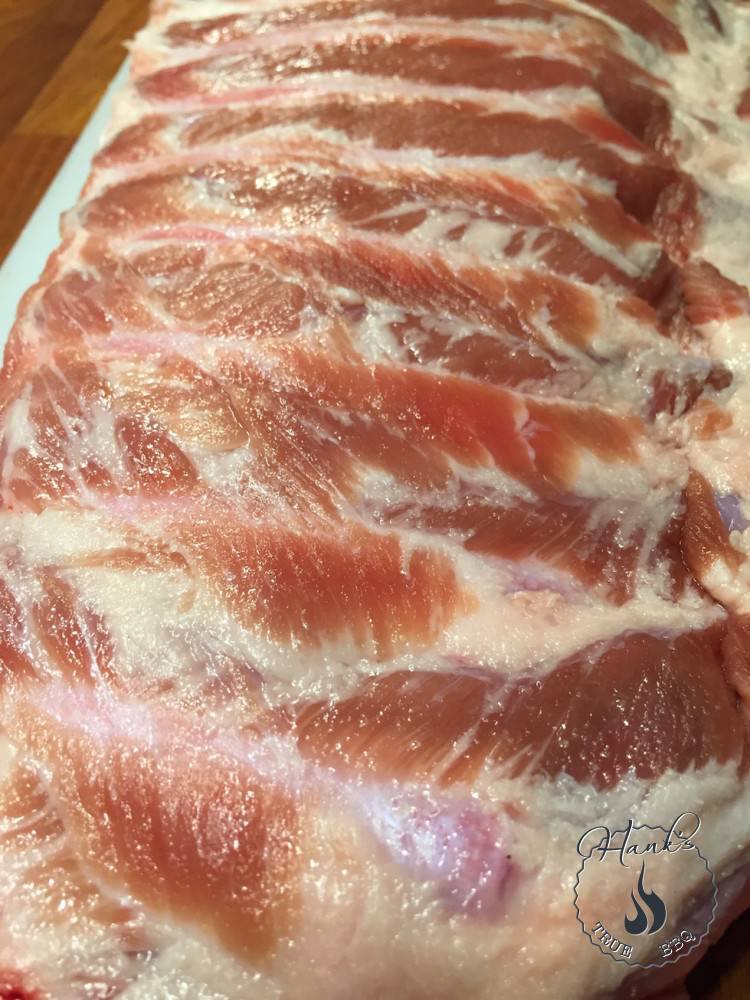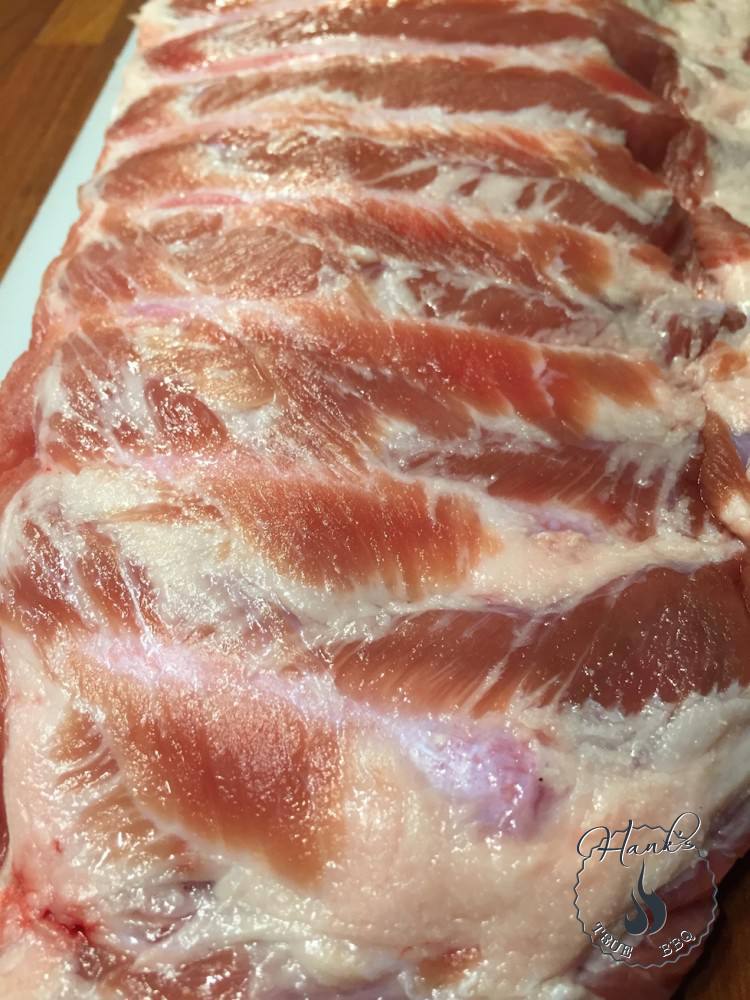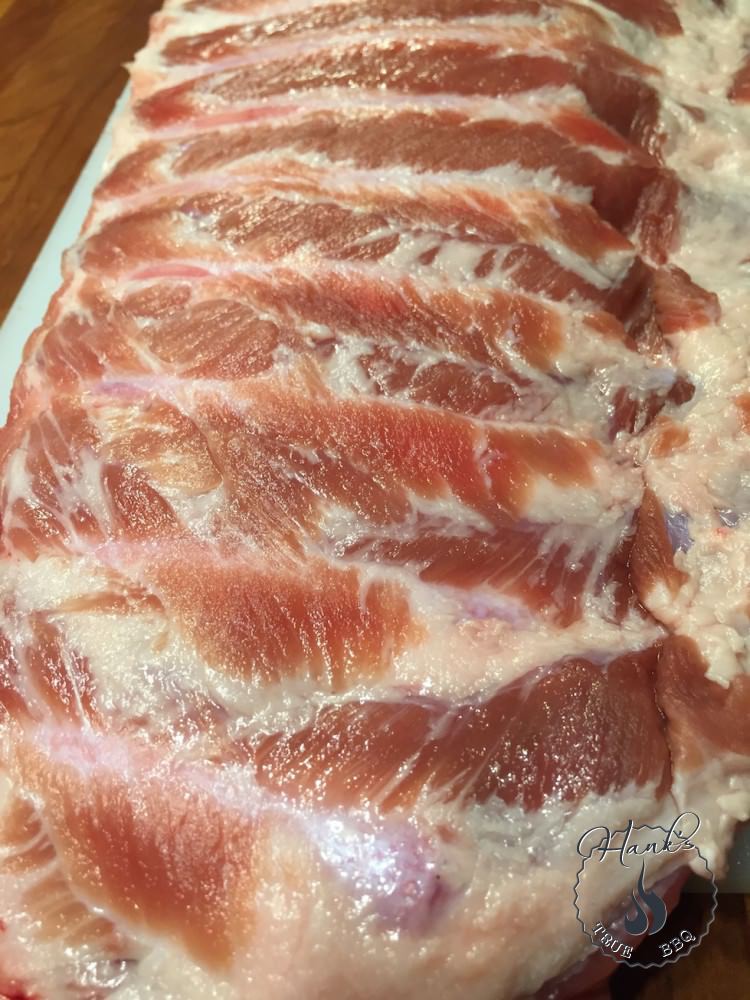Salt must be the most common spice ever, and for a good reason; salt is a flavor amplifier.
It is a bit like buying a power drill; you don’t need the drill itself, it is the hole in the wall you’re after.
It is the same with salt, it amplifies the other flavors (the meat’s own, as well as any added spices). The salt also helps retain fluid. So with that in mind, let’s put brining to use.
Wet brine
Brining is a classic technique where you put the meat (beef, pork, poultry) in a wet brine consisting of water and salt. The salt level is typically 5-6 %. Brining makes the meat absorb salt, due to the salt levels being higher in the brine than in the meat. The meat will also absorb some of the fluid. This is a well functioning process, and you amplify the flavors in the meat. It is a bit messy though, as you leave the meat in the brine for at least 24 hours or more. For a larger piece of meat (like turkey, brisket et.c.) it requires you to have ample space in your fridge.
Wet brine recipe (assuming a 6% salt level)
I’m making the assumption here that 1 liter of water weighs 2.2 lbs (1 kilogram). It does weigh exactly that much at 39° F(4° C). The volume will be slightly different at room temperature, but the difference is so small it is negligible. The amount of sugar is 1% (measured in weight). The sugar balances the saltiness slightly. I use regular table salt.
[su_tabs]
[su_tab title=”Imperial”]
1 liter water
2.1 oz salt (regular salt, not kosher salt)
0.35 oz sugar
[/su_tab]
[su_tab title=”Metric”]
1 liter water
60 grams salt (regular salt, not kosher salt)
10 grams of sugar
[/su_tab]
[/su_tabs]
To dissolve the sugar and salt, place ingredients in a pan, and bring it to boil. Stir with a spoon. Let it cool off completely before using (important for food safety).
But what about the meat?
Good question. when you combine a wet brine with a hunk of meat the salt level will be affected. For the precision oriented looking for 6% salt leve inside the meat you need to take into account both the amount of brine (in weight) as well as the meat weight. We’ll approximate a bit here also, but a good rule of thumb is that most meats contain 70-75% water. If we assume a 2 liter brine and 1 kilo of meat we have roughly 3 kilos of “water”. To get a 6% salt level you need to mix 2 liters of water with 180 grams of salt and 39 grams of sugar. Calculation: 3 kilos is 3000 grams, and 6% of 3000 grams gives 180 grams of salt. For larger pieces of meat and/or more wet brine you need to re-calculate accordingly.
Dry brine
This is a slightly newer technique which skips the water. You simply sprinkle salt on the meat, leave it for (at least) 2 hours, but preferably overnight. The salt is applied all over the surface of the meat, the recommended amount is 1/2 tsp per pound of meat. If you’re cooking ribs, remember there is a lot of bones, so half the amount of salt. For ribs, use 1/4 tsp per pound instead.
Dry brine recipe
Imperial
0.5 tsp salt per pound of meat
Exception: ribs, where you use 0.25 tsp salt per pound of meat.
Metric
1 tsp salt per kilogram of meat
Exception: ribs, where you use 0.5 tsp salt per kilogram of meat
But wait, this contradicts everything I’ve learned? Doesn’t this dry out the meat?
No, it doesn’t. Dry brine works just as well as wet brine, but is easier, and less messy. Initially the salt will draw water from the meat. You can see that within 15-20 minutes after salting, when the surface turns shiny/moist. But if you wait till after 45 minutes, the meat will re-absorb the fluid, and the salt with it. This means the salt now resides just beneath the surface of the meat. It won’t penetrate any deeper, until you apply heat. Then the salt molecules will penetrate deeper.
This is why almost all marinades are based on soy sauce (=salt), and the recommended time for marinading is at least 2 hours.
See pictures below, taken with a 10 minute interval to illustrate (click to enlarge).





[su_column size=”1/3″]
[/su_column]
How long should I dry brine?
Well, overnight usually. But if you’re short on time, at the very least 2 hours.
What’s the big difference?
The simple reason is that using a brine, dry or wet, means you bring out maximum flavor.
Here’s a video where I compare dry brine to no brine at all:

I’ve always brine my turkey overnight the flavor is so much better ! It comes out so moist!
That’s what I do to, 99% of the time. The only exception is if I get a new idea of what to cook a few hours before dinner.
Hey, all videos to dry brine om ytube says use kosher salt. But in sweden u cant find kosher. What salt is best? I used table salt, works good. But IF I use like rock salt or somerhing else what will The resault be? And whats ur advice?
I use regular table salt. If you weigh the salt, it will be the same. Kosher salt has bigger crystals, but again, using weight you will know. I use table salt all the time, works just fine.